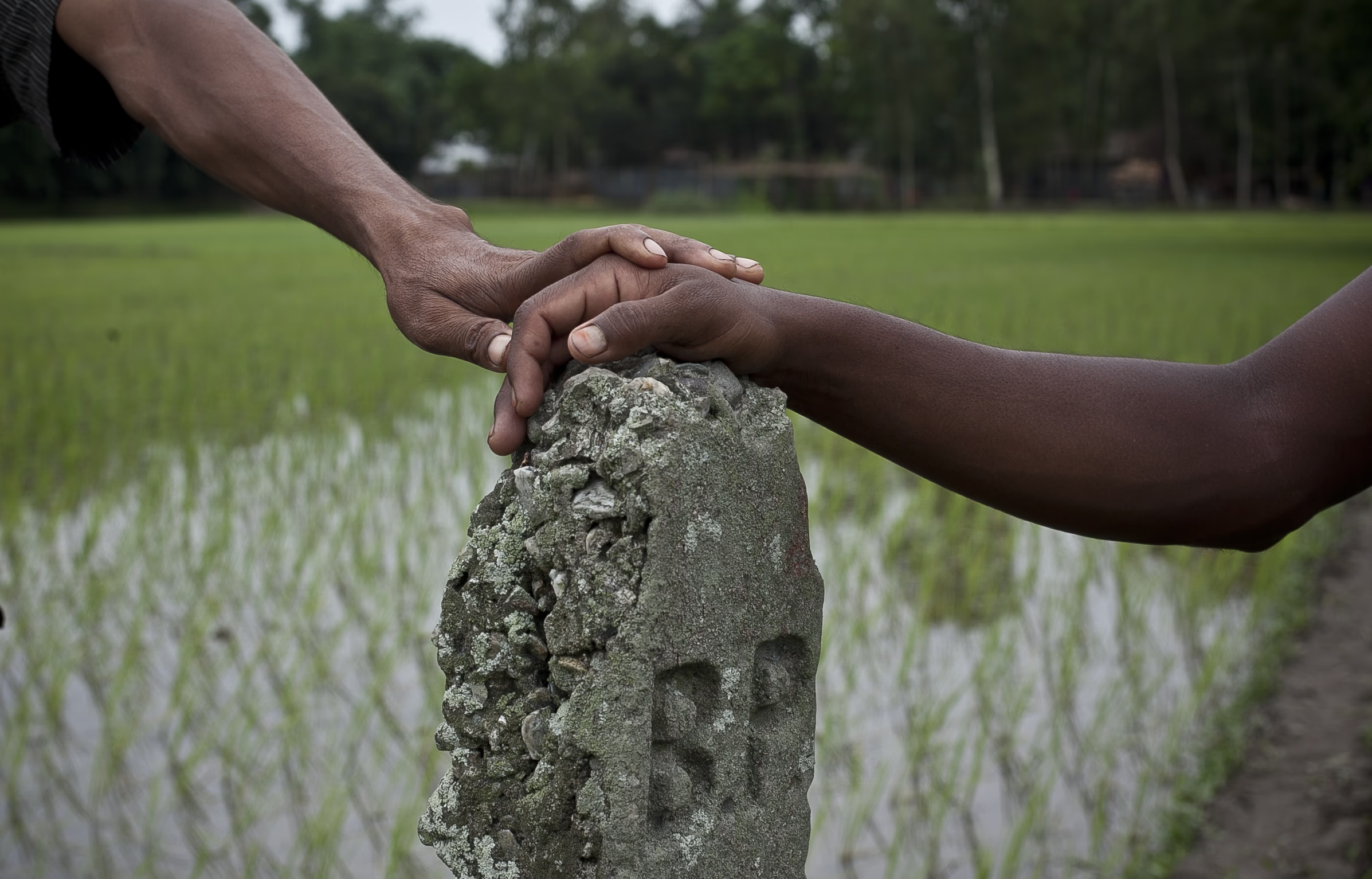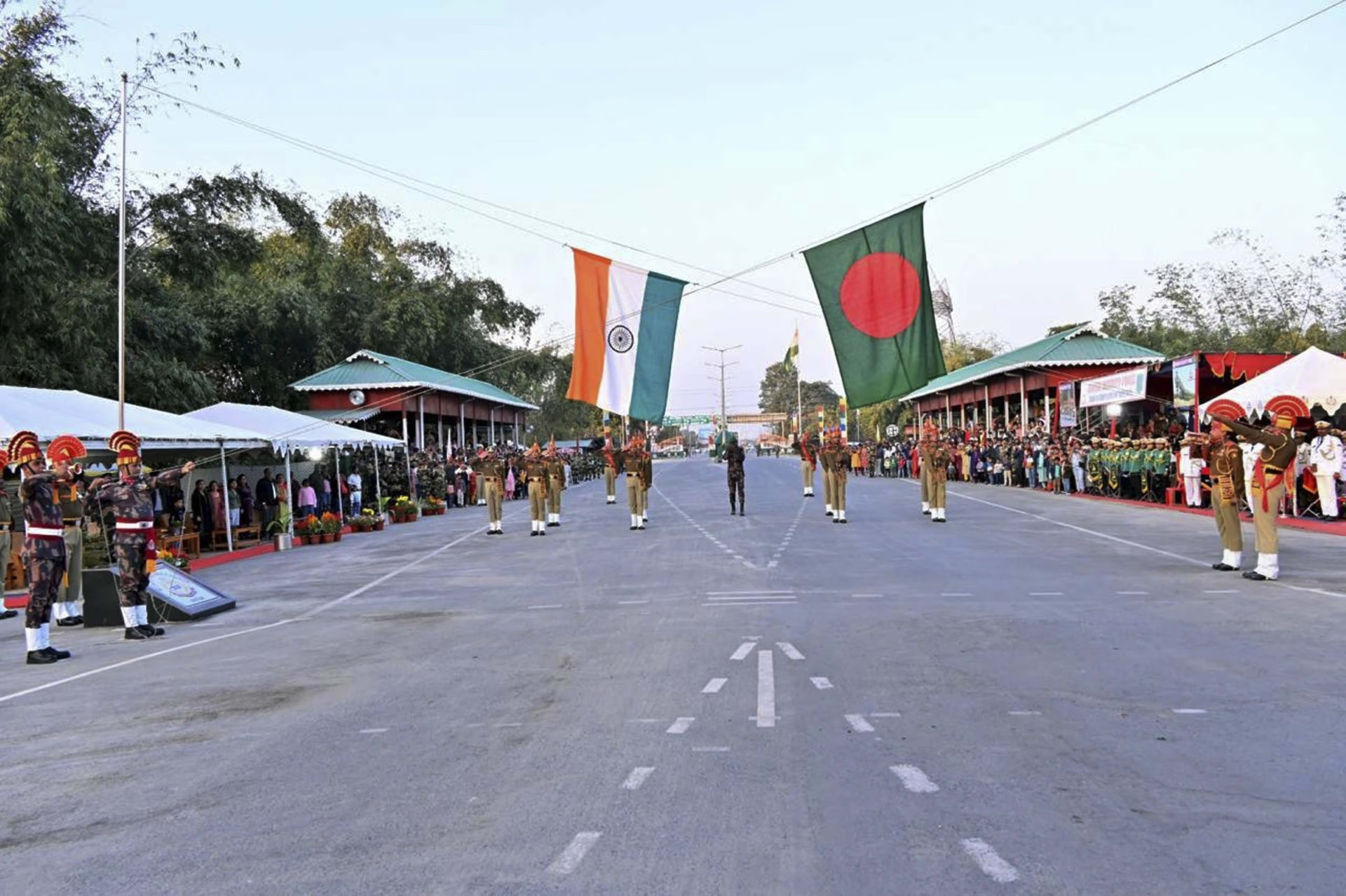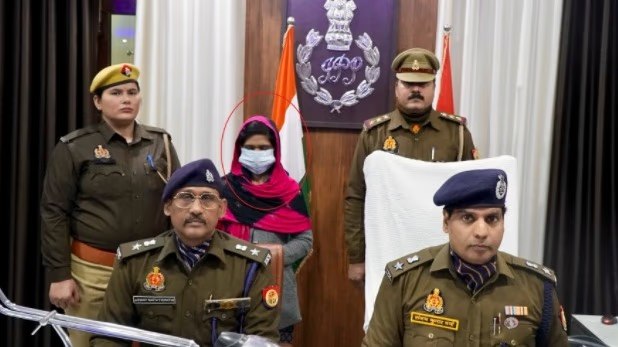Considering border length, Bangladesh is India's largest neighbor. According to the Ministry of Home Affairs, the India-Bangladesh border stretches 4096.7 kilometers. Comparatively, our border with China spans 3488 kilometers, and with Pakistan, it's 3323 kilometers.
The 4096.7-kilometer-long border with Bangladesh crosses five Indian states: West Bengal (2216.70KM), Assam (263 KM), Meghalaya (443 KM), Tripura (856 KM), and Mizoram (318 KM).
This diverse region is a mix of plains, riverine areas, hills, and forests. It is densely populated, with farming extending to the very edge of the border in some areas.
A Legacy of Disputes: The British and Pakistan
The India-Bangladesh border is a relic of British and Pakistani dominance. After the partition of India in 1947, the Radcliffe Line became the boundary between India and East Pakistan. When Bangladesh gained independence in 1971, that line defined the India-Bangladesh border. While border demarcation began post-Independence, progress was slow, marred by complexities.
Although efforts were made to settle some of these disputes through the 1958 Nehru-Noon Agreement, hostilities continued, leaving issues unresolved.
Current disputes focus on border fencing, unrestricted movement, human and animal trafficking, arms smuggling, drug trade, counterfeit currency, terrorist activity, and infiltration.

Source: aajtak
To curb smuggling, terrorism, and counterfeit currency circulation, India is sealing its border with Bangladesh, reinforcing barriers.
India has fenced 3271 kilometers of its 4096-kilometer-border, leaving 885 kilometers open for future fencing. Bangladesh resists these attempts to fortify the remaining border.
What's Driving the Recent Tensions?
The latest tensions in India-Bangladesh relations stem from fencing. As per BBC reports, India is erecting fences at Chapainawabganj, Teen Bigha Corridor, Naogaon's Patnitola, and Lalmonirhat. Bangladesh argues this contradicts prior agreements, but India deems these areas sensitive due to infiltration threats.
On Sunday, Bangladesh's Home Ministry summoned Indian High Commissioner Pranay Verma, expressing dissatisfaction over perceived border fencing attempts at five locations.
Exiting Bangladesh's Foreign Ministry, High Commissioner Verma stated, "We share a mutual understanding regarding border fencing for security. Both BSF and BGB maintain contact over this issue."
He hopes the understanding will be executed to foster cooperation against crime, noting India's ongoing concerns about criminal activities by Bangladeshis at the border.
'No Construction within Zero Line's 150-Yard Radius'
BBC highlights that Bangladesh's Home Affairs Adviser, retired Lt. Gen. Md. Jahangir Alam Choudhary, asserts no defense work is permitted within the Zero Line's 150-yard range between Bangladesh and India.
He emphasized, "According to the 1975 India-Bangladesh Joint Boundary Guidelines, construction enhancing defense capabilities is strictly prohibited within the 150-yard Zero Line."
Alam noted India's fencing at 160 locations from 2010 to 2023, escalating tensions. He accused prior Hasina governments of leniency towards India.
India is fortifying its borders, incorporating electronic systems and state-of-the-art surveillance cameras, especially where rivers present fencing challenges.

Source: aajtak
In the meantime, a dispute emerged at the Shawka border in Chapainawabganj's Shibganj sub-district due to missing fencing over a 1200-yard stretch.
Notably, relations during Sheikh Hasina's regime were amiable. Bangladesh was cooperative with fencing works, establishing trust. But, post-Hasina, Bangladesh's Yunus government has instigated provocative measures, sparking tensions with India.
Following the summon by Bangladesh's Foreign Ministry, India called on Bangladesh's Deputy High Commissioner Nurul Islam in Delhi for discussions.
Expert Insights
With regime change in Bangladesh, the Yunus government fueled anti-India sentiments, releasing jailed opponents. Aiding regional unrest, this led India to fence its borders.
Defense expert Brahma Chellaney notes, "Millions of undocumented Bangladeshis reside in India. However, Dhaka's release of militants incentivized India's fencing efforts, met with Bangladesh's resistance."
Key Developments in Border Resolutions
In 2011, a significant breakthrough occurred when India and Bangladesh formulated the Coordinated Border Management Plan (CBMP), endorsed by then-Home Minister P. Chidambaram and Bangladesh's Sahara Khatun. This was further solidified by a visit from Prime Minister Manmohan Singh to Bangladesh.
In 2015, under Sheikh Hasina, Prime Minister Narendra Modi visited Dhaka, signing the Land Boundary Agreement. Under this, 111 enclaves were ceded to Bangladesh, while 51 transferred to India.
The agreement led to significant land swaps, with 7,110 acres and populations realigning—over 51,549 people across 162 villages were affected.




